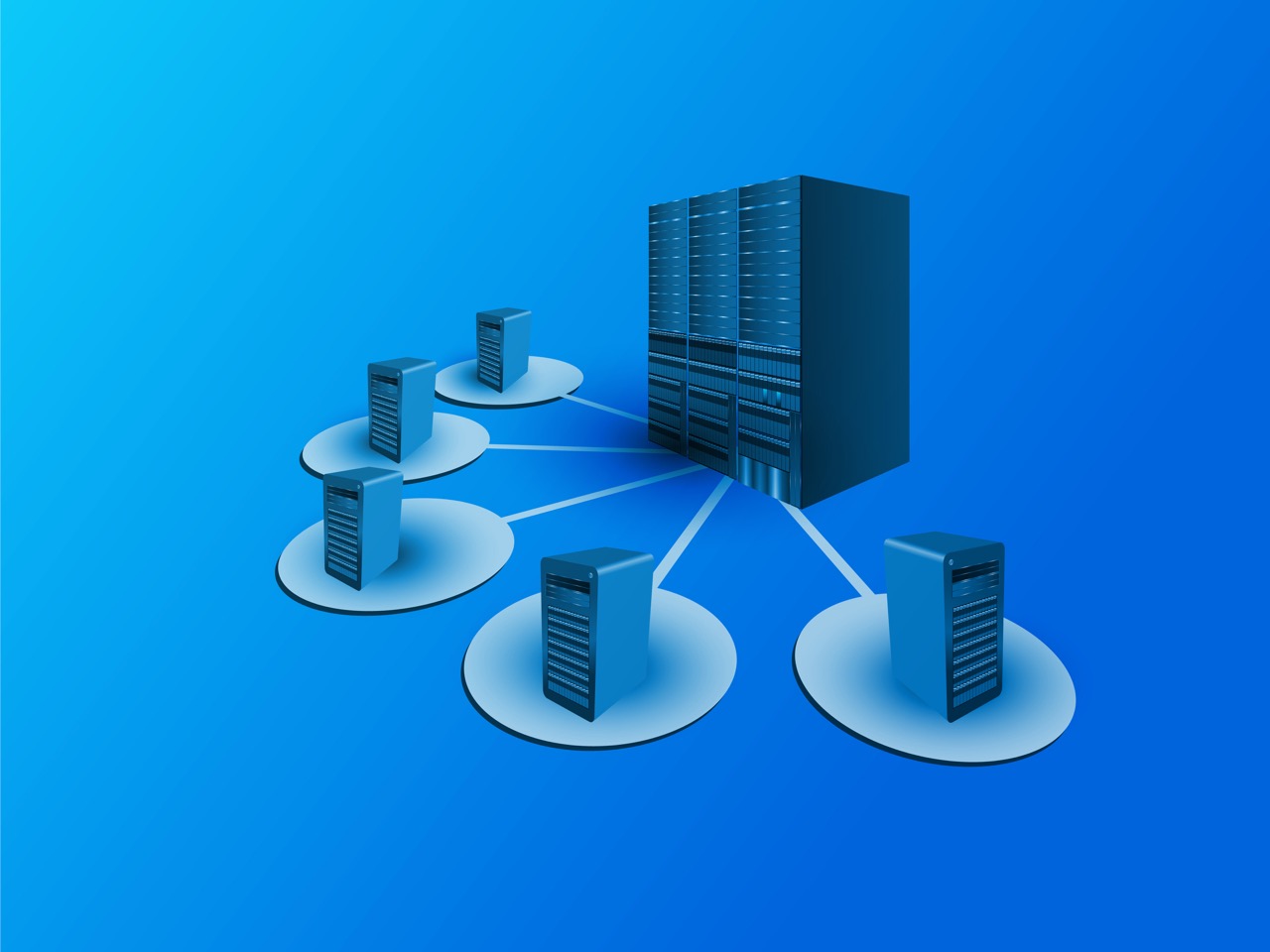Load balancing is crucial for modern web applications that require high traffic and scalability. It involves distributing workload across multiple servers to ensure optimal performance and resource utilization. In the context of Lumics.io, a cloud-based network monitoring platform, load balancing plays a critical role in delivering uninterrupted service to users. Its main purpose is to evenly distribute incoming network traffic among backend servers, preventing overload and avoiding service disruptions.
What is load balancing?
Load balancing is an essential concept in the world of computing and networking. It refers to the process of distributing incoming network traffic across multiple servers or resources, ensuring efficient utilization and optimal performance. In simple terms, load balancers act as intermediaries between clients and backend servers, directing traffic to different servers based on a set of predefined rules.
Why do we need load balancing?
The need for load balancing arises due to various reasons. The primary purpose is to avoid overloading a single server and distributing traffic across multiple servers. With the ever-increasing demand for online services, companies now have to face massive amounts of incoming network traffic. Without a proper load balancing mechanism, this can lead to:
- Server crashes
- Slow response times
- Poor user experience
Distributed Denial of Service (DDoS) Attacks and Load Balancing
One of the most significant threats to online services is Distributed Denial of Service (DDoS) attacks. These are malicious attempts by hackers to disrupt the normal functioning of a website or service by overwhelming it with fake traffic. The purpose of these attacks can vary from extortion to sabotage, and they can have severe consequences for businesses that rely on their online presence. Load balancers play a crucial role in mitigating the effects of DDoS attacks by distributing traffic across multiple servers, making it harder for attackers to overwhelm a single server.
How does load balancing work?
Load balancing works by using various algorithms to distribute incoming traffic among a group of servers. One of the most commonly used methods is IP Hashing, where the load balancer uses the IP address of the client to determine which server to send the request to. This ensures that all requests from a particular client are directed to the same server, maintaining session persistence and avoiding data loss.
Another popular method is Round-Robin, where each server takes turns in servicing incoming requests, ensuring an equal distribution of traffic among all servers. Load balancers can also use more advanced algorithms, such as least connections or weighted round-robin, to ensure efficient utilization and optimal performance.
Hardware vs. Software Load Balancing
Load balancing can be achieved through both hardware and software solutions. Hardware load balancers are physical devices that come with dedicated processors and specialized software to handle load-balancing tasks. They are generally more expensive but offer high performance, reliability, and scalability.
On the other hand, software load balancers run on standard servers and use virtual machines to balance network traffic across multiple servers. They are more cost-effective but may not offer the same level of performance as hardware load balancers.
Types of Load Balancers
There are primarily two types of load balancers: server load balancers and global server load balancing (GSLB).
Server load balancers distribute traffic across multiple servers within a single data center, making it easier to manage network resources and handle high volumes of incoming traffic. They also provide features such as SSL offloading, caching, and compression to further improve performance.
Global server load balancing (GSLB) is used to balance traffic across multiple data centers, often located in different geographical regions. This allows companies to provide high availability and disaster recovery, ensuring that users can access their services regardless of where they are located.
Cloud Load Balancing
With the rise of cloud computing, many businesses have shifted their resources to the cloud. Cloud load balancing is a type of load balancing that is specifically designed for distributed cloud environments. It uses virtual servers to distribute traffic across multiple cloud resources, providing high availability and scalability.
Monitoring Network Traffic with Load Balancing
Load balancers also play a crucial role in network monitoring by collecting data on incoming traffic and server performance. They can track metrics such as response time, number of connections, and error rates to provide insights into network performance. This data can then be used to optimize the load-balancing algorithms and ensure efficient resource utilization.
How Load Balancing Impacts User Experiences
In today’s digital age, user experience is critical for businesses to stay competitive. With the help of load balancing, companies can ensure that their services are always available, reliable, and fast. By distributing traffic across multiple servers, load balancers can handle high volumes of incoming requests without causing delays or crashes. This results in a smooth and seamless user experience, which is crucial for retaining customers.
Conclusion
Load balancing is an essential concept in the world of networking and computing:
- It ensures efficient utilization of resources
- It improves performance
- It provides high availability of online services
With the increasing demand for fast and reliable online experiences, load balancing will continue to play a crucial role in maintaining the smooth functioning of websites and applications. So, it is essential to choose the right load-balancing solution for your business needs and regularly monitor network traffic to ensure optimal performance. With proper load balancing in place, you can provide your users with a high-performing and seamless user experience. So, always keep in mind that load balancing is a critical component of any successful online presence. Keep your network monitored and optimized with the help of load balancing for a smooth and efficient operation!

